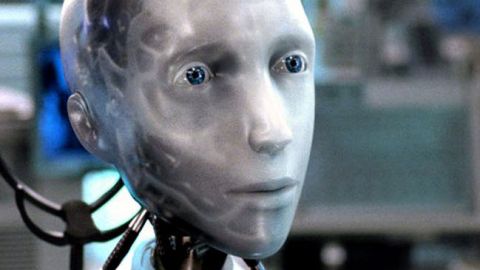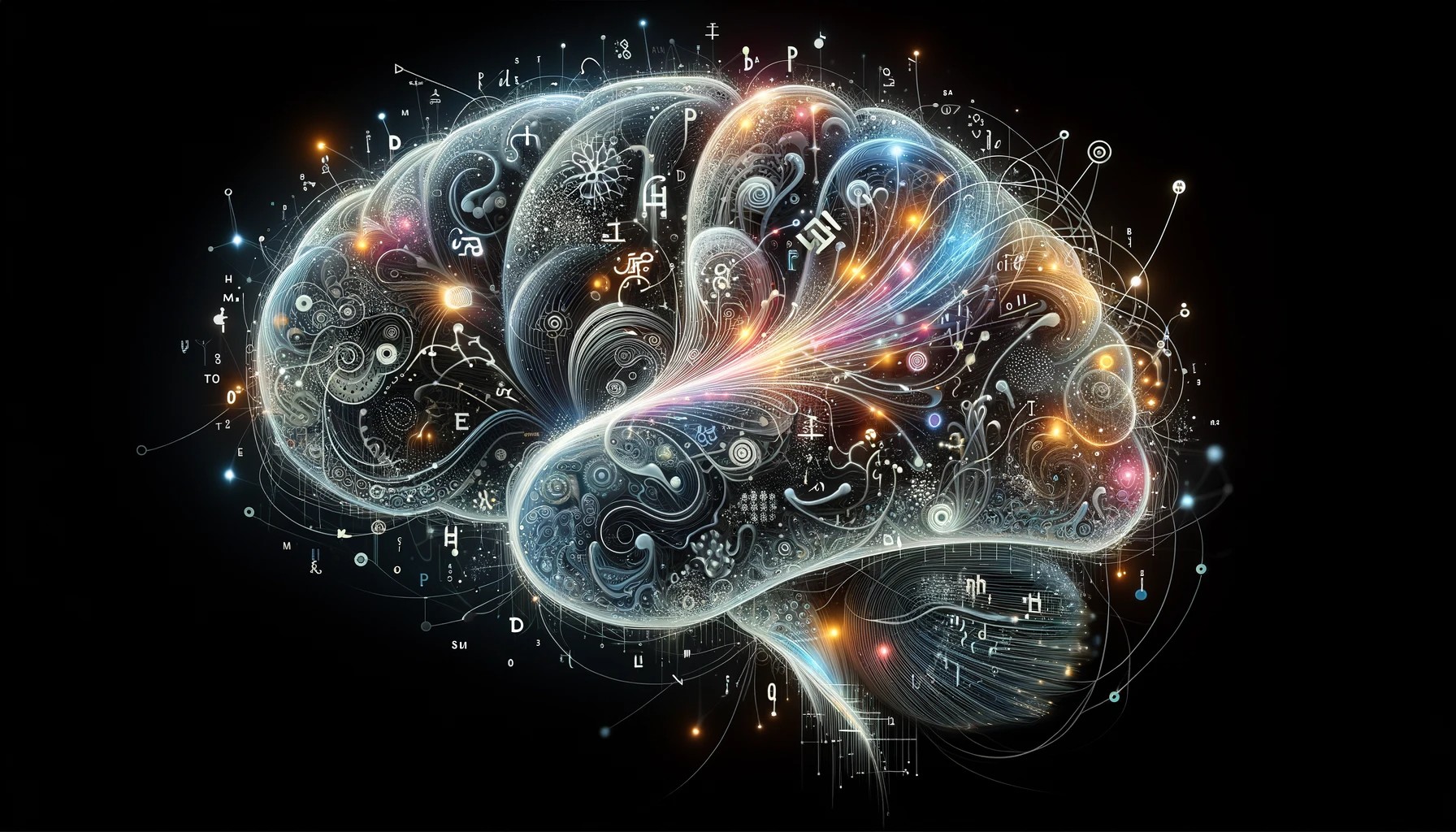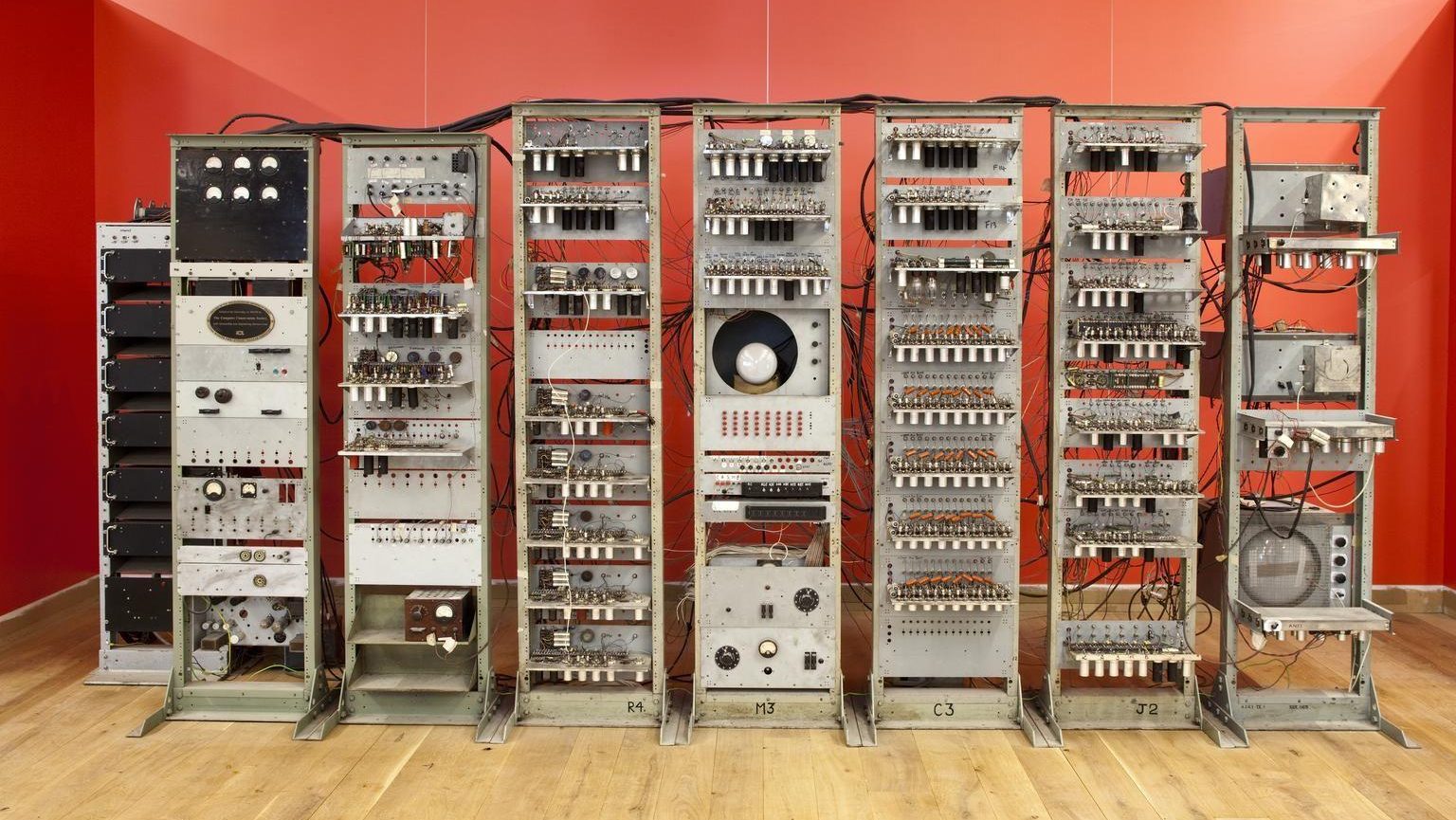Can Computers Be Conscious?

Computers have seem “mind-like” to people since they were invented in 1950s. In the early days they were widely called “electronic brains” for their ability to process information. But the similarity between computers and brains isn’t just superficial: at their most fundamental levels, computers and brains process data in a similar binary fashion. Whereas computers use zeros and ones to store and manipulate data, the neurons in our brains transmit information in binary, on/off spikes known as action potentials. This basic similarity is what underlies the burgeoning field of computational neuroscience, which hopes to understand how neuronal networks give rise to processes like memory and facial recognition so that they might be replicated in intelligent machines.
But artificial intelligence has progressed slower than many had initially hoped. Yes, AI may have solved the game of checkers, but this is a far cry from being able to simulate consciousness. The central problem remains: we have no real understanding of how the brain gives rise to the mind, of how neurons and action potentials create consciousness.
Instead of trying to build thinking machines from the ground up, several major projects have recently turned to a new approach: replicating virtual brains through reverse-engineering. By studying the neural networks in the brain, scientists have constructed computer-based models that mirror the brain’s complex biological networks. In turn, they can then run experiments on these these brain-like computers in order to learn about how the brain thinks.
Henry Markram is the South African neuroscientist who heads the Blue Brain Project at the Ecole Polytechnique Federale de Lausanne in Switzerland. For 15 years, Markram and his team collected data from the neocortexes of rats’ brains with the hopes of integrating it into a 3D model. If they could accurately recreate the behaviors and structures of a biological brain, their computer simulation should shed light both normal cognition and disorders like depression and schizophrenia. In its trial stages the project successfully recreated a single neocortical column of a two-week old rat, which contains about 10,000 neurons. Of course, this sample is infinitesimally small compared to the 100 billion neurons in a human brain. But this project is all a matter of scaling. “Technologically, in terms of computers and techniques to acquire data, it will be possible to build a model of the human brain within 10 years,” Markram told Discover magazine last year.
But will this full-scale model teach us how to re-create consciousness, or perhaps even become conscious itself? “It’s really difficult to say how much detail is needed for consciousness to emerge,” said Markram. “I do believe that consciousness is an emergent phenomenon. It’s like a shift from a liquid to a gas … It’s like a machine that has to run fast enough and suddenly it’s flying.” In other words, they can’t know for sure until the model is finished.
Even if the model can learn and reason, that doesn’t guarantee that it will be a truly intelligent being. Many people studying AI have equated problem-solving with thinking, but thinking is different from reasoning, says Yale computer scientist David Gelernter. To demonstrate this, he points to daydreaming and free association. “Free association is a kind of thinking also. My mind doesn’t shut off, but I’m certainly not solving problems; I’m wandering around.”
“The field of Artificial Intelligence had studied only the very top end of the spectrum and still tends to study only the very top end,” says Gelernter. “It tends to say, what is thinking? It’s this highly focused, wide awake, alert, problem-solving state of mind. But not only is that not the whole story, but the problem—the biggest unsolved problem that has tended to haunt philosophy of mind, cognitive psychology, and AI—is creativity.”
The general consensus is that creativity is the ability to invent new analogies, to connect two things that are not obviously related. And this invention of analogy relies not on analytic problem-solving thought but on letting your mind drift from one thought to another in a sort of free-associative state, says Gelernter. “Creativity doesn’t operate when your focus is high,” Gelernter writes in an essay for Edge. “Only when your thoughts have started to drift is creativity possible. We find creative solutions to a problem when it lingers at the back of our minds, not when it monopolizes attention by standing at the front.”
So how can computers create new analogies? The answer probably has something to do with emotion, says Gelernter. “Emotion is what allows us to take two thoughts or ideas that seem very different and connect them together, because emotion is a tremendously subtle kind of code or tag that can be attached to a very complicated scene.” We tend to think of emotions in discrete terms, like happy, sad, and angry, but they’re really much more subtle than that. “If I say, ‘What is your emotion on the first really warm day in April or March when you go out and you don’t need a coat and you can smell the flowers blooming and there may be remnants of snow but you know it’s not going to snow anymore and there’s a certain springiness in the air, what do you feel?”” Gelernter asks. “It’s not that you feel happy exactly. There are a million kinds of happiness. It’s a particular shade of emotion.” Though there may not be an exact word to describe this nuanced emotion, the mind can recognize it and can connect two very different scenes that may have inspired the same emotion.
The other difficulty with emotion—and the reason why computers won’t ever be able to experience emotions the way humans do—is that they are produced by an interaction between the brain and the body working together. “When you feel happy, your body feels a certain way, your mind notices, and the resonance between body and mind produces an emotion,” Gelernter explains. Until computers can simulate this experience, they will never be truly intelligent.
Takeaway
The field of artificial intelligence has made only modest gains in recent decades, but new reverse-engineering projects hope to recreate virtual models of the brain. These computer simulations might help cure mental disorders as well as shed light on cognition and consciousness. Henry Markram’s Blue Brain Project has so far only recreated one neocortical column of a rat’s brain, but Markram believes a full human brain could be simulated within 10 years.
More Resources
—Henry Markram’s TED talk on the Blue Brain Project
—Information on the FACETS project, another project to simulate the brain’s neuron networks





